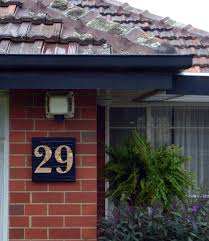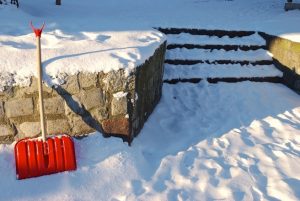Resolutions your mortgage will love
Tuesday, January 15th, 2019January is the perfect time to do a review of your finances. It’s a good idea to devote some time this month to looking over previous expenses and earnings, both expected and unexpected, to determine how last year’s pattern may or may not shape this year’s.
That said, January is also prime time to get our financial house in order. Since your mortgage is likely your biggest and most long-term expenditure, let’s look at how we can support paying it down while covering all the other substantial expenses – retirement, vehicles, children’s education — that life throws our way.
Start with a budget
You need to take a long, hard look at your finances. You should know where most of your money, some of your money and a little of your money went last year. Do you know, for example, that 10 per cent of your net earnings went to local restaurants? Are you wasting money on gym memberships and other services that are rarely used? For one month, save every receipt received by you and those in your household. Include charges to credit cards and automatic withdrawals from bank accounts. What you’re spending your hard-earned cash on may surprise you at the end of 30 days.
Make a game plan and be specific
It’s important to specify what exactly you want to do with your household finances – save for retirement, save for the kids’ education, save for a vacation. We can all say let’s save more and spend less but without a specific and realistic amount to shoot for, you’re likely going to fall short. Can you afford to plunk down an extra $500 a month on your household debt? Is that realistic? There’s no point in earmarking numbers you can’t maintain. Perhaps $200 works better.
Consider automatic payments
So you want to save for a big European vacation three years from now? Set up a vacation fund and have your bank withdraw automatic payments each month. The same goes for a retirement fund or savings for your child’s post-secondary education.
Don’t spend, save instead
This is much more difficult than it sounds. Try to commit one day a month or week even when you don’t spend a dime. Bring your lunch to work, watch Netflix with the kids and cook dinner from what you find in the fridge and freezer. This could prove to be a fun and eye opening exercise for the whole family.
Look at your mortgage
Since this is your largest outlay, try paying it down quicker, if you can. Bi-weekly payments pay down your mortgage debt much faster than monthly payments. Another painless method is to round up your payments. So if you’re paying $667 every two weeks round up the payment to $700. You’re not likely to notice the extra $33 but your mortgage will. If you inherit or win money consider plunking it down on your mortgage. Use your raise at work or your annual tax refund to help pay down the principal of your mortgage. Most lending institutions allow you to make an extra mortgage payment per year that is applied directly to the principal. Even seemingly small amounts can add up to big savings.
Sources: www.ratesupermarket.ca, www.capitalmortgages.com, www.canadianliving.com









